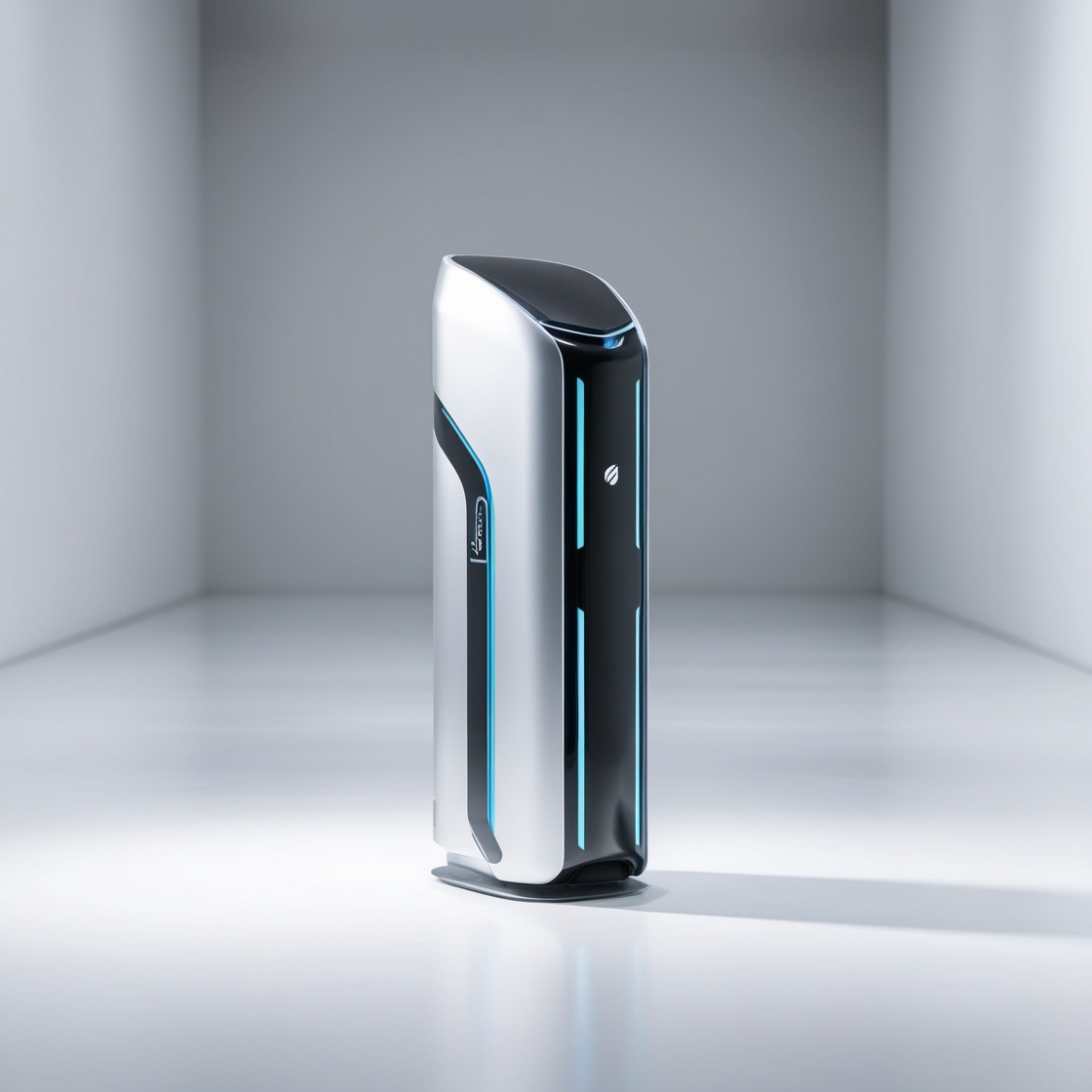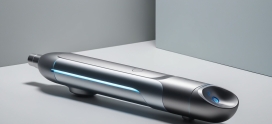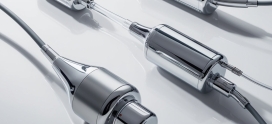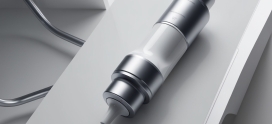
Mastering the Product Design Process for Business Success
Mastering the Product Design Process for Business Success
In today’s fast-paced market, staying ahead of the competition requires mastering the product design process. An efficient and innovative product design can significantly influence a company’s success by enhancing user experience, boosting brand loyalty, and increasing profitability. To help your business thrive, let’s delve into the critical steps and trends of the product design process.
The Core Stages of Product Design
Whether you’re a startup or an established enterprise, understanding the core stages of product design is essential. Here’s a structured breakdown:
1. Ideation
Ideation is the inception phase where ideas are generated. This step involves brainstorming, researching market needs, and conceptualizing potential solutions. Key activities include:
- Conducting market research to identify gaps and opportunities.
- Brainstorming sessions to generate a pool of innovative ideas.
- Sketching initial concepts and creating rough prototypes.
2. Define
Once you have a plethora of ideas, the next step is to define the problem statement and objectives. This stage clarifies what the product aims to achieve and sets the groundwork for development. Key activities include:
- Developing a clear problem statement.
- Setting short-term and long-term objectives.
- Identifying stakeholders and understanding their needs.
3. Industrial design and engineering
The design phase translates ideas into tangible products. It involves creating detailed designs and user interfaces. Key activities include:
- Creating CAD 3D models and First Pass Prototypes or Mockups.
- Developing Digital Prototypes to test design feasibility.
- Iterating based on user feedback.
4. Prototype
Prototyping involves developing a working model of your product. This step is crucial for testing and refining the design before full-scale production. Key activities include:
- Building a functional prototype using initial designs.
- Conducting usability testing to gather user feedback.
- Iterating on the prototype based on insights and improvements.
5. Test
Testing ensures that the product meets user needs and performs as expected. Extensive testing can prevent costly mistakes and reworks. Key activities include:
- Conducting alpha and beta testing phases.
- Gathering feedback and identifying areas for improvement.
- Ensuring compliance with industry standards and regulations.
6. Launch
The final stage is the product launch, where the product is introduced to the market. Activities include:
- Developing a launch strategy and marketing plan.
- Training sales and customer support teams.
- Gathering ongoing feedback post-launch to further refine the product.
Emerging Trends in Product Design
Staying updated with the latest trends can give your product an edge. Here are some notable trends:
1. User-Centric Design
User-centric design places the user at the core of the design process. By focusing on the user’s needs, preferences, and pain points, businesses can create products that offer exceptional value. Key strategies include:
- Incorporating user feedback at every stage.
- Using personas and user journeys to guide design decisions.
- Emphasizing ease of use and intuitive interfaces.
2. Sustainable Design
Sustainability is gaining traction due to increasing environmental awareness. Products designed with sustainability in mind can enhance brand reputation and meet regulatory requirements. Key strategies include:
- Using eco-friendly materials.
- Implementing energy-efficient design practices.
- Designing for reuse and recycling.
3. Integration of AI and Machine Learning
Artificial Intelligence (AI) and Machine Learning (ML) are revolutionizing product design. These technologies can enhance functionality and improve the user experience. Key applications include:
- Personalizing user experiences with AI-driven insights.
- Optimizing product design processes through predictive analytics.
- Enhancing product features with smart technology, such as generative design and digital prototyping i.e., digital simulation
Conclusion
Mastering the product design and engineering process is vital for business success. By thoroughly understanding and executing each stage, from product ideation, industrial design, engineering, prototyping to launch, and staying abreast of emerging trends, businesses can create products that not only meet market demands but also delight users. Embrace a user-centric, sustainable, and technologically advanced approach to position your business for long-term success.
Remember, continuous learning and adaptation are the keys to a successful product design. Stay innovative, listen to your users, and always strive for excellence in every phase of the design process.
Get Started with WB Engineering Today
Ready to take your product development to the next level? Visit www.wb-3d.com to learn more about our product design and engineering services and how we can help transform your vision into reality. With WB Engineering, you have a trusted partner dedicated to excellence in every aspect of product development. Let us help you turn your innovative ideas into successful, market-ready products.













